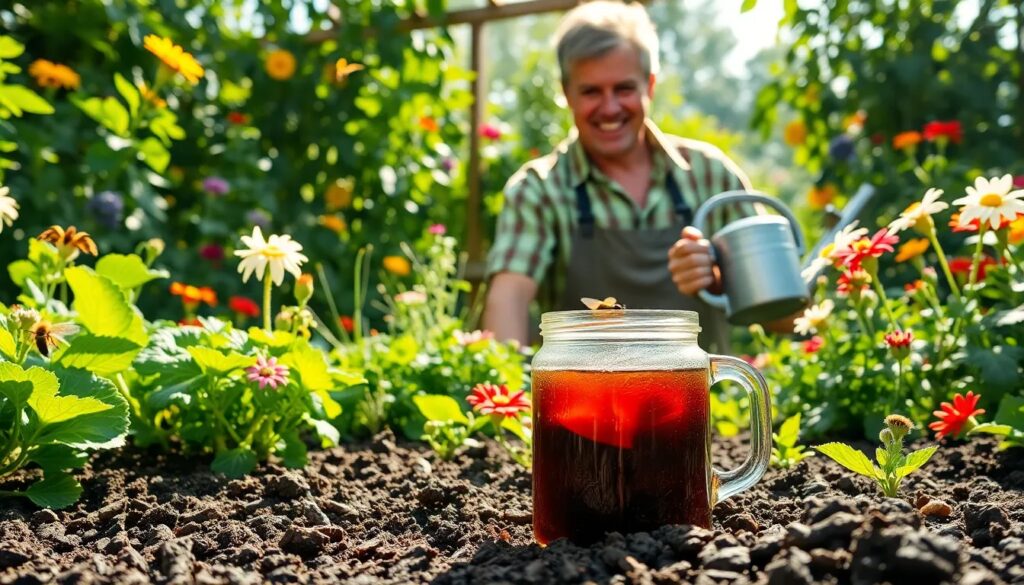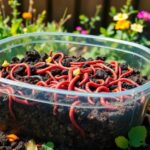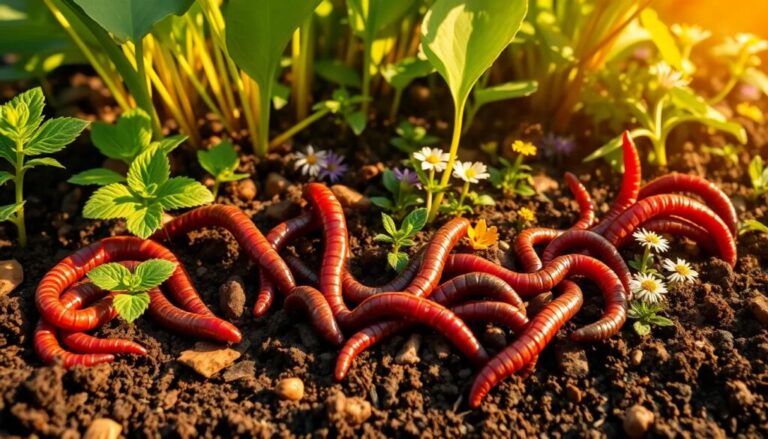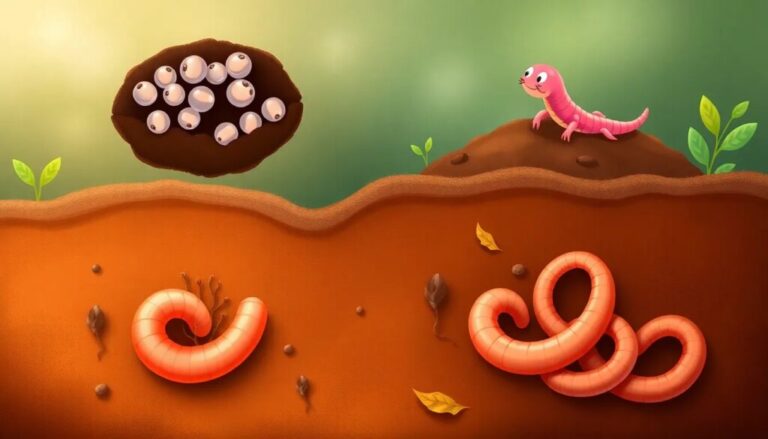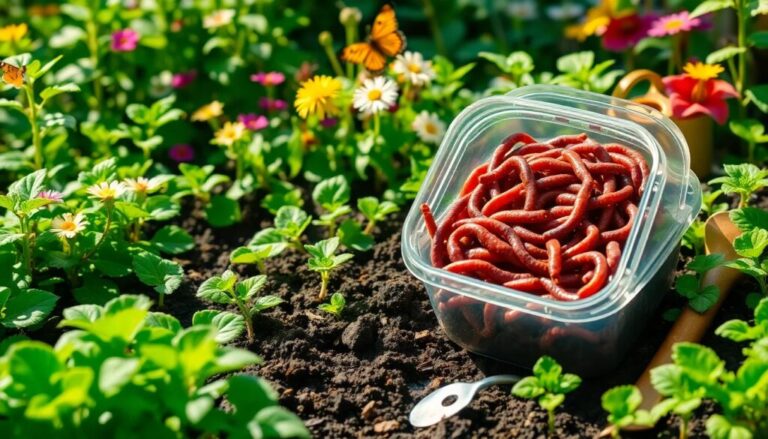Supercharge your soil: a simple step-by-step guide to making & using worm tea
Worm tea, also known as worm casting tea, is an organic fertilizer that significantly enhances soil health and promotes robust plant growth. It is made by steeping worm castings in water, allowing beneficial microbes to thrive. This guide will walk you through the essential steps and benefits of making worm tea, ensuring your garden flourishes.
By following the strategies outlined here, you can supercharge your soil with nutrient-rich worm tea, making it an invaluable resource for any gardener looking to improve their plants’ vitality.
How to make worm tea to supercharge your garden & plants
Creating worm tea is a straightforward process that can yield significant benefits for your garden. To make worm tea, you’ll need to gather a few simple ingredients and tools.
- Worm castings: The main ingredient, rich in nutrients.
- Dechlorinated water: Essential for ensuring the health of beneficial microbes.
- Porous bag: To contain the worm castings during steeping.
- Bucket: For mixing and brewing the tea.
To start, place a small amount of worm castings inside the porous bag and submerge it in the bucket filled with dechlorinated water. Allow it to steep for at least 24 hours. The longer you steep, the richer the tea becomes, enhancing the microbial activity.
Once steeped, remove the bag and use the liquid as a nutrient-rich fertilizer for your plants. This tea can be diluted with additional water to optimize coverage and effectiveness.
What are the benefits of worm tea?
Worm tea offers numerous benefits that can significantly enhance your garden. Here are some advantages:
- Improves soil health: Increases microbial activity, enriching the soil.
- Promotes nutrient absorption: Helps plants absorb essential nutrients more efficiently.
- Protects against diseases: The beneficial microbes can help shield plants from various diseases.
- Enhances plant growth: Provides a natural way to boost overall plant vigor.
Moreover, worm tea can aid in the microbial activity that is crucial for healthy soil, fostering a thriving ecosystem within your garden.
How do you make worm tea?
Making worm tea can be simplified into a few core steps. Following these steps ensures that you create an effective product for your plants:
- Gather your materials: worm castings, dechlorinated water, a porous bag, and a bucket.
- Place the worm castings into the porous bag and submerge it in the bucket.
- Let the mixture steep for 24-48 hours, stirring occasionally to aerate.
- Remove the bag and dilute the tea with more water if desired.
- Apply it to your plants as needed, directly to the soil or as a foliar spray.
By adhering to this step-by-step guide to brewing effective worm tea, you can maximize the benefits for your plants.
How to use worm tea fertilizer?
Using worm tea is versatile and can significantly benefit your garden. Here’s how to apply it effectively:
- Soil drenching: Pour the tea directly onto the soil around your plants.
- Foliar spray: Use a spray bottle to mist the leaves for direct absorption.
- Dilution: Always dilute the tea with water to avoid overwhelming the plants.
- Frequency: Apply every two weeks during the growing season for best results.
This organic method is not only effective but also safe for all plants. Many gardeners find great success with using worm tea for organic gardening, noting a noticeable improvement in plant health.
How long does worm tea last?
Worm tea is best used fresh, but if you need to store it, here are some tips:
Generally, worm tea has a shelf life of about 1-2 weeks when kept in a cool, dark place. However, the nutrient content may decrease over time due to microbial action and exposure to light.
To extend its usability, store the tea in a sealed container and avoid exposure to direct sunlight. If you notice any foul odor or separation, it’s best to discard it and brew a new batch.
What equipment do you need to make worm tea?
Creating worm tea doesn’t require elaborate equipment. Here’s what you’ll need:
- Bucket: For steeping the worm castings.
- Porous bag: To contain the castings during brewing.
- Water source: Dechlorinated water is essential for brewing.
- Stirring tool: To aerate the tea during steeping.
The simplicity of this process makes it accessible for gardeners of all levels, ensuring anyone can enhance their garden with homemade worm tea.
How to make worm tea concentrate?
To create a more potent version of worm tea, you can easily make a concentrate. Here’s how:
By using a higher ratio of worm castings to water, you can create a more concentrated brew. Instead of the standard ratio of 1 part worm castings to 10 parts water, consider using 1 part to 5 parts for a stronger solution.
Follow the same brewing process, but steep the mixture for a shorter time, around 12-24 hours, while keeping it well-aerated. This concentrate can then be diluted further before application, giving you flexibility in how you use it.
Many gardeners prefer this method, as it allows for tailored strength based on the specific needs of different plants, maximizing the benefits of enhancing soil health with homemade worm tea.
For additional insights and visuals on brewing worm tea, check out this informative video:
Utilizing the knowledge from this article will enable you to supercharge your soil and ensure your plants thrive with the aid of nutrient-rich worm tea.

